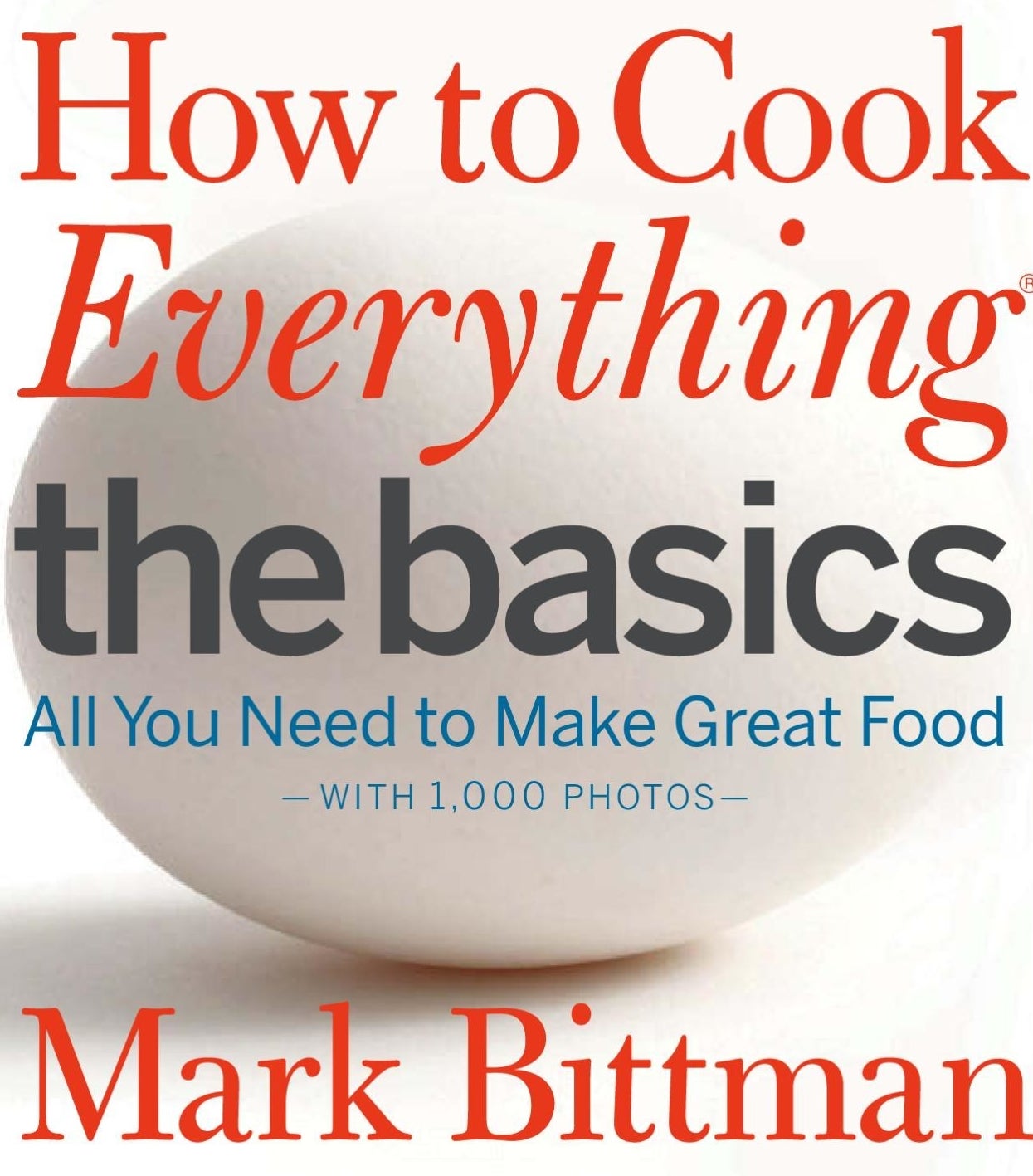1. Make sure your kitchen is properly stocked with the right knife for the task at hand. For example, you don't want to squish tomatoes with a chef's knife — you should be using a serrated one!

2. When prepping your ingredients for a recipe, make sure you're actually following the chopping guidelines. If it calls for a 1-inch dice, a julienne, or a mince, make sure you know what those words mean.
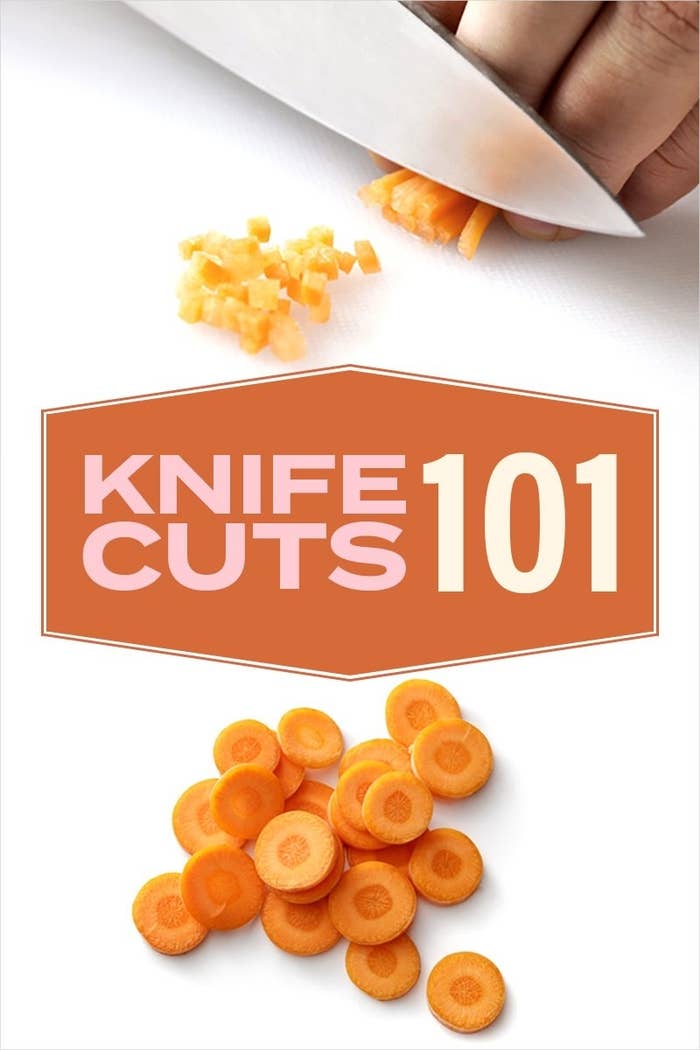
Until you get the hang of it, use a cutting board with measurements etched right on it so you always chop evenly, whether you're mincing or julienning!
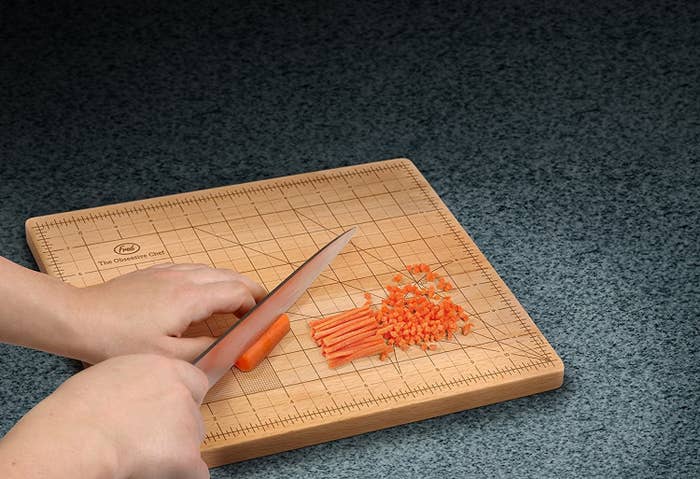
3. Season your food as you go, and when you do, sprinkle your salt from high up — that'll ensure a more even distribution and no salt stuck in a certain area (and therefore no weirdly salty mouthfuls when you finally dig in).
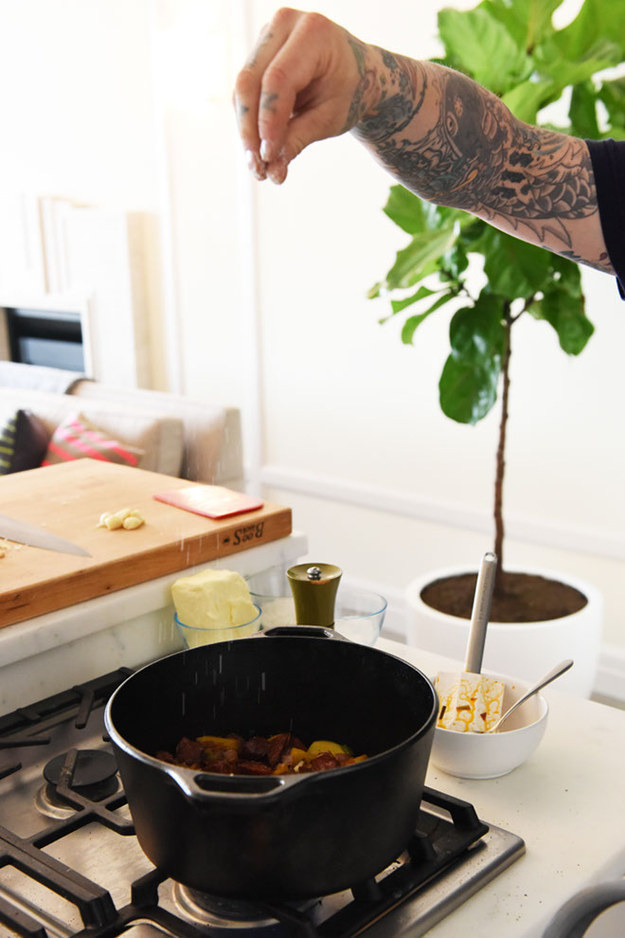
4. And use the right salt for the right thing: cook with kosher salt (not table salt) for a more even flavor, and finish with TikTok-loved Maldon flakey salt for texture *and* flavor.
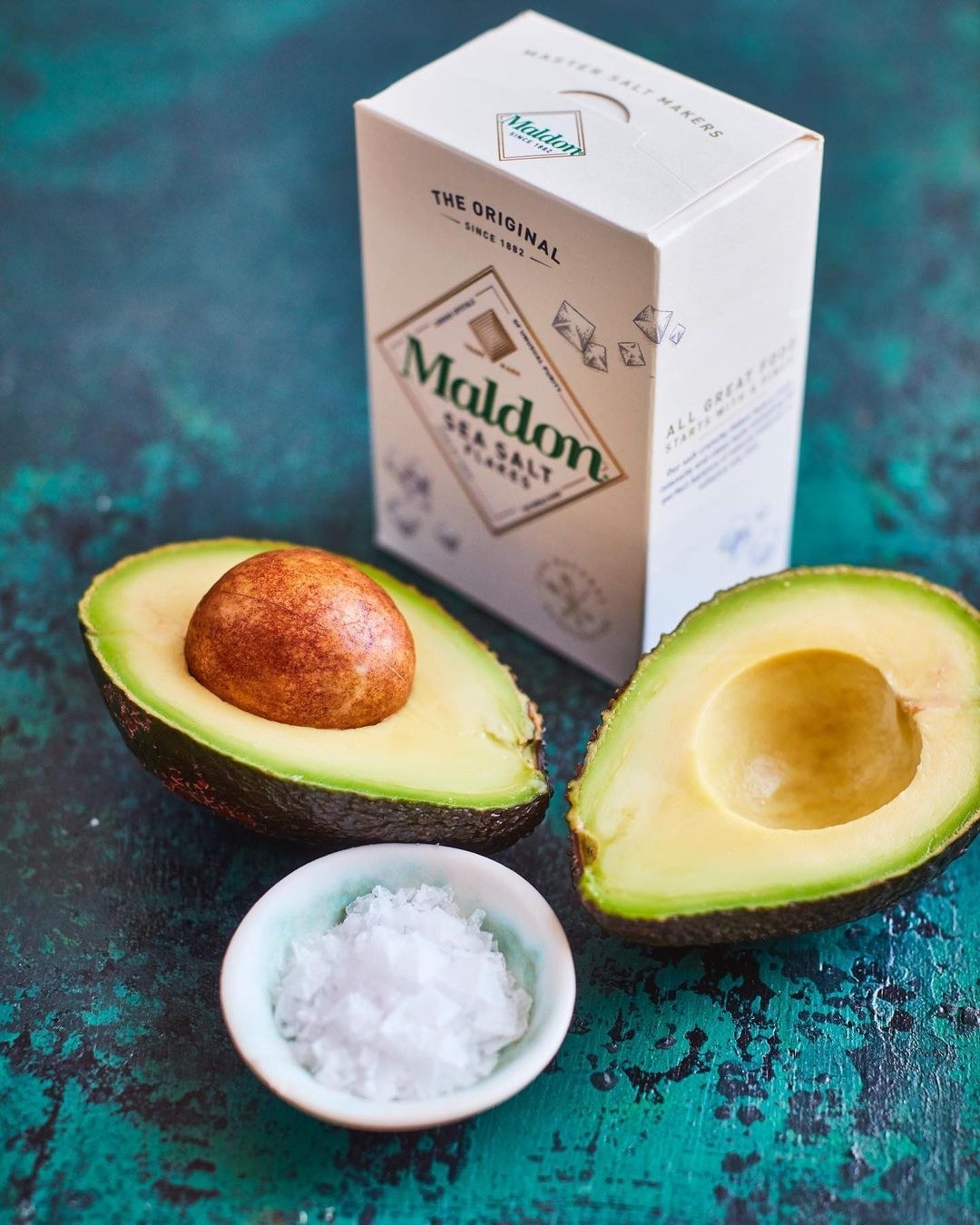
5. Before you start cooking, prep your ingredients and put them in little containers or glass bowls (this is called mise en place) — that way you won't ever forget an ingredient or accidentally add the wrong amount.

6. Master the one-pan dinner and you're basically already a master chef. All you need is a sheet pan + protein + veggies + salt + oil. That is IT.
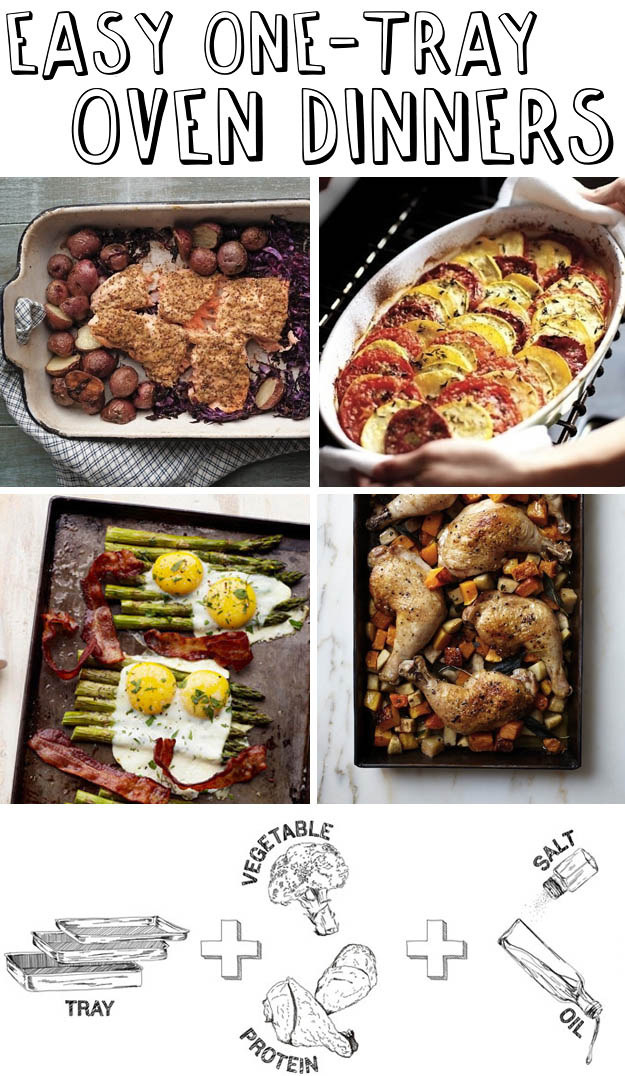
7. Don't shy away from herbs and spices — they make all the difference between meals that are bland and meals that are bangin'.

8. And pro tip: keeping your spices *actually* organized is the best way to make sure you don't add cumin when you meant to add coriander.
9. When zesting a lemon, use a microplane to remove only the top layer of skin, and try not to get too much of the white stuff (it's called the pith). You get all the delicate citrus-y flavor, with none of the bitterness!
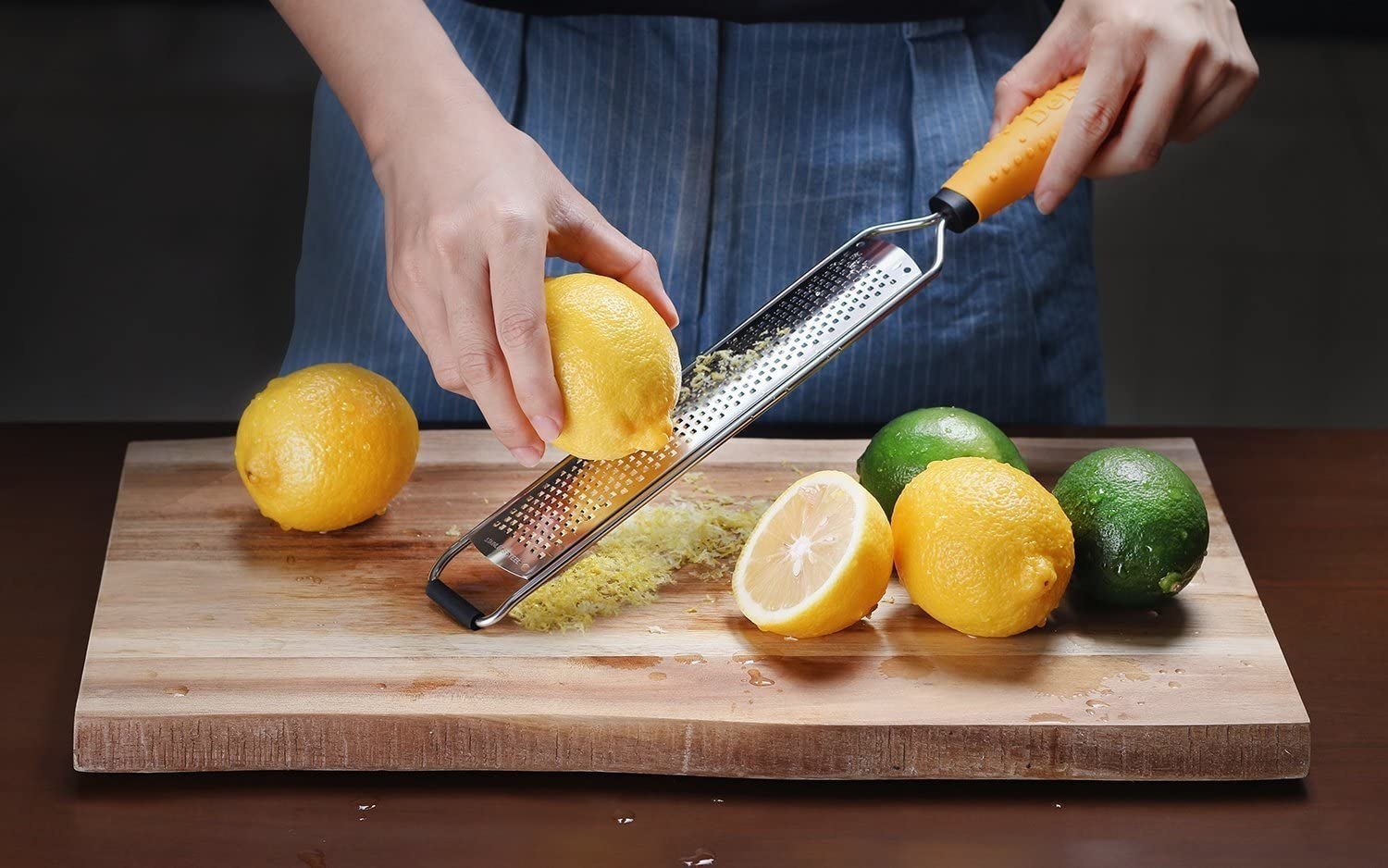
10. Perfect the art of the poached egg so you can top every meal with an Instagram-able runny yolk! The key is to add a tablespoon of vinegar and keep the boiling water swirling around the egg.
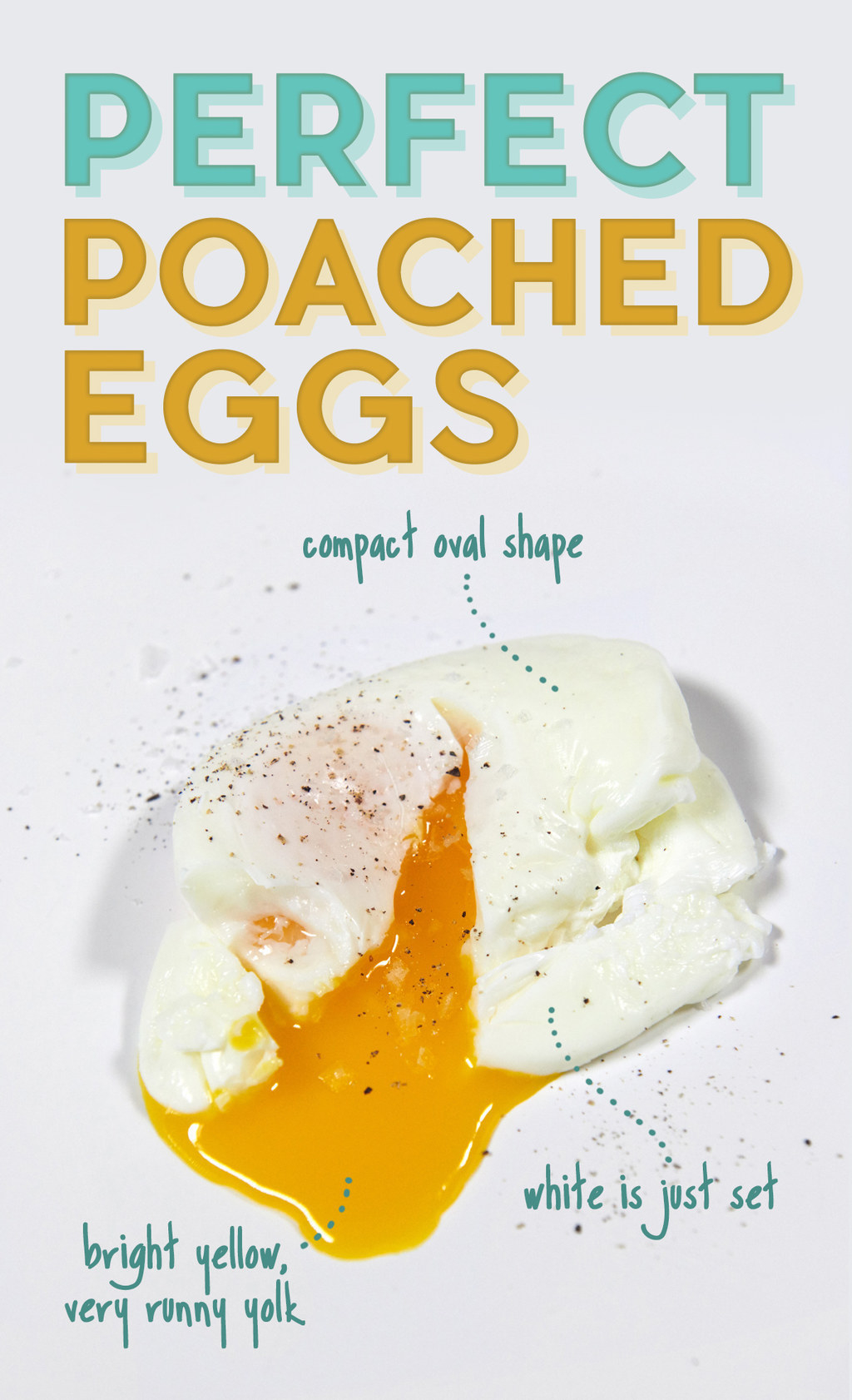
If you need help while you get the hang of it, you can try silicone poaching cups with perforations to mimic the traditional swirling method.
11. The easiest way to peel garlic is to crush each clove with the flat of a knife first. This trick is tried and true!
12. If knives frighten you (honestly, I get that) you can also use a silicone tube designed to easily peel garlic. Just pop the clove in the tube and roll it back and forth against the table or counter.

13. When making stir-fries or cooking in a frying pan, don't add garlic too early — it might burn or brown too much. Toss it in towards the end to let the flavor bloom quickly!
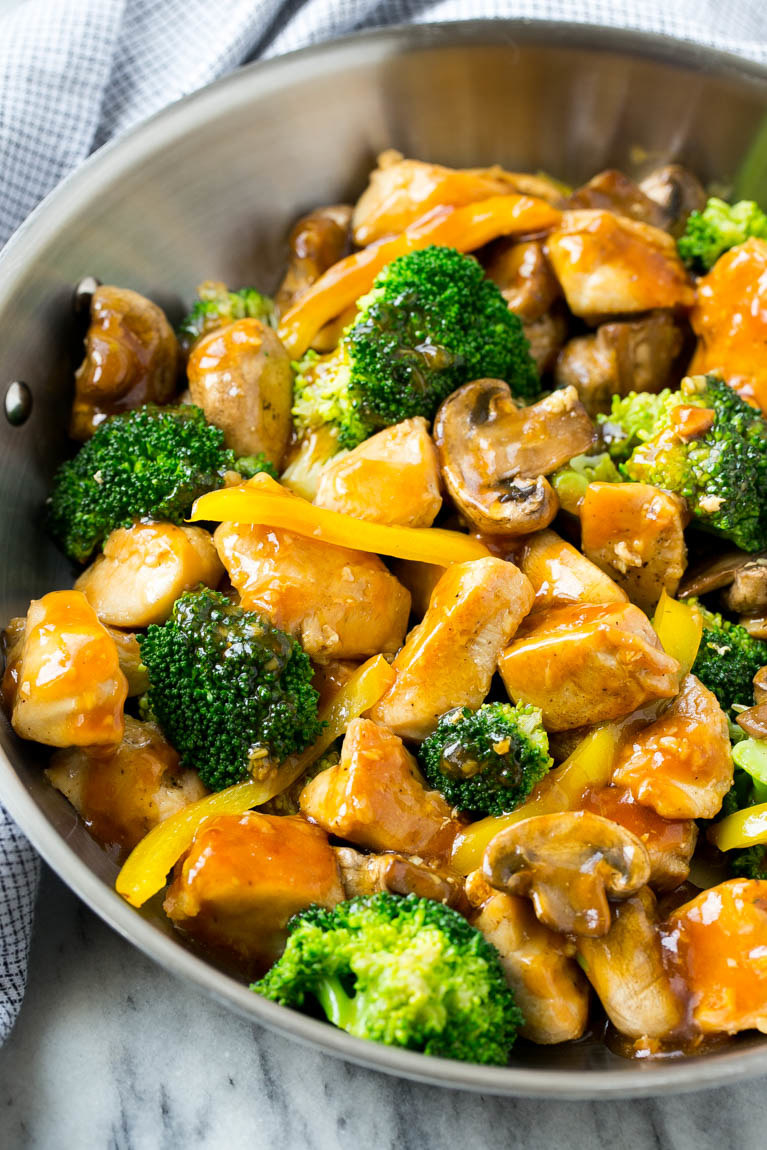
14. Onions are amazing, but not all created equal. Don't buy sweet onions when you want to use shallots!

15. When you're chopping an onion, make two horizontal slices before chopping down to keep it all together. Even if you're not keeping it all together yourself — I see those onion tears!
16. And use the ~claw hand~ technique to protect your fingers from your not-quite-Top Chef knife skills.
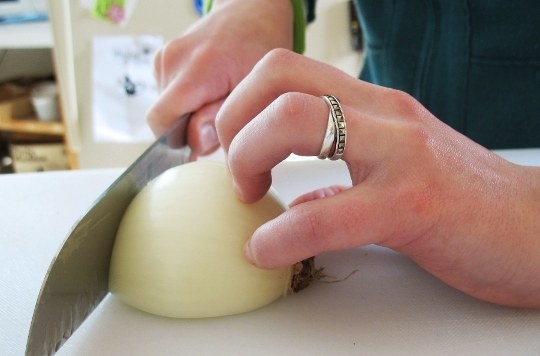
17. Put those chopping skills to the test and whip up some caramelized onions to improve ANY meal. Yes, it takes time, but yes, it is totally worth it.
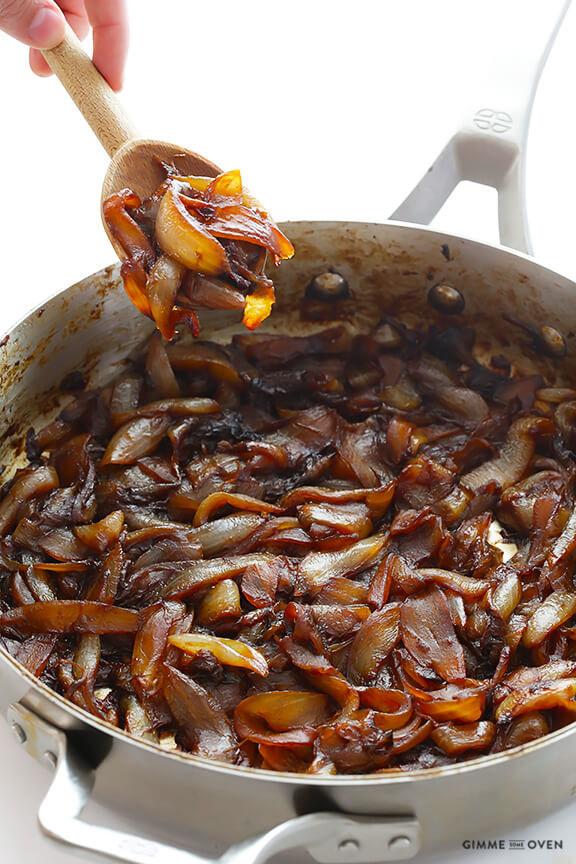
18. Know what kind of pan to use for what meals — cast iron for things you want to get a nice crust on (more on that in a bit) and nonstick for things like eggs or pancakes (foods you don't need to crisp up or sauces you don't want to get burnt on).

19. Don't let the idea of seasoning and cleaning cast-iron pans intimidate you; they're one of the most versatile tools in your kitchen. Use them on the stove, pop 'em in the oven. They're basically indestructible — we're talking magic pans, folks.
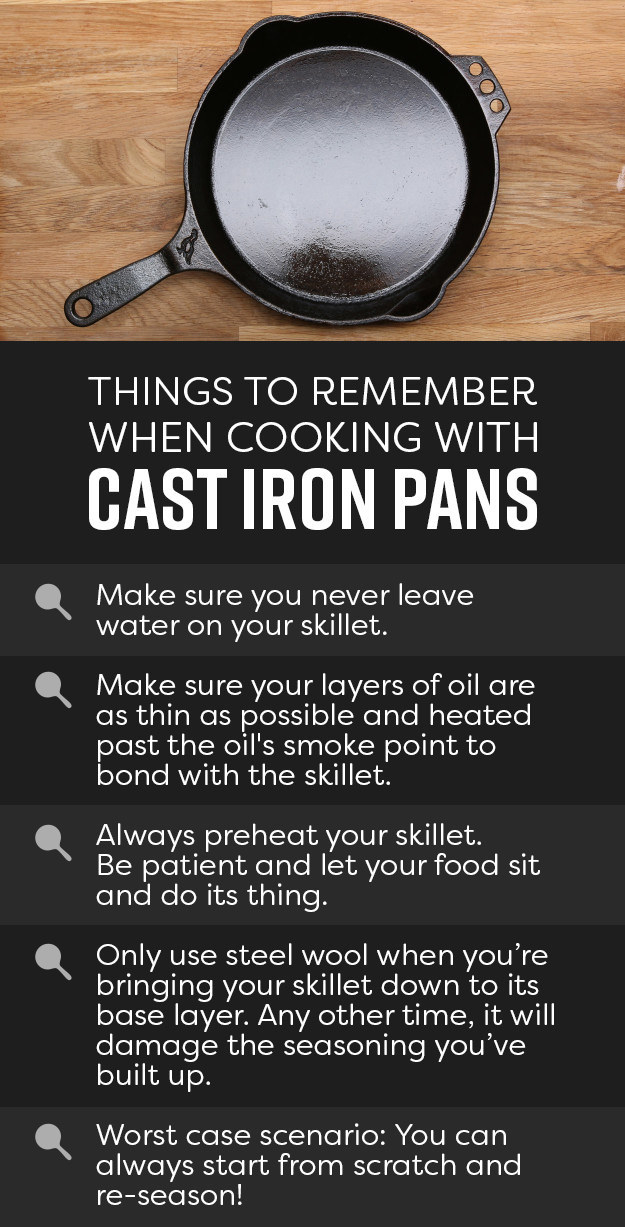
20. Stop overcrowding your pans. I mean it! The heat won't distribute evenly, and you won't get those lovely caramelized bits — no one wants bland chicken thighs.

21. Learn how to perfectly cook a steak, including searing it (in a HOT, HOT, HOT pan) and then basting it with butter and herbs.
22. Don't cut into your meat to check how done it is; you'll lose the juices! Try the ~meat done-ness hand test~ for perfectly pink results every time.
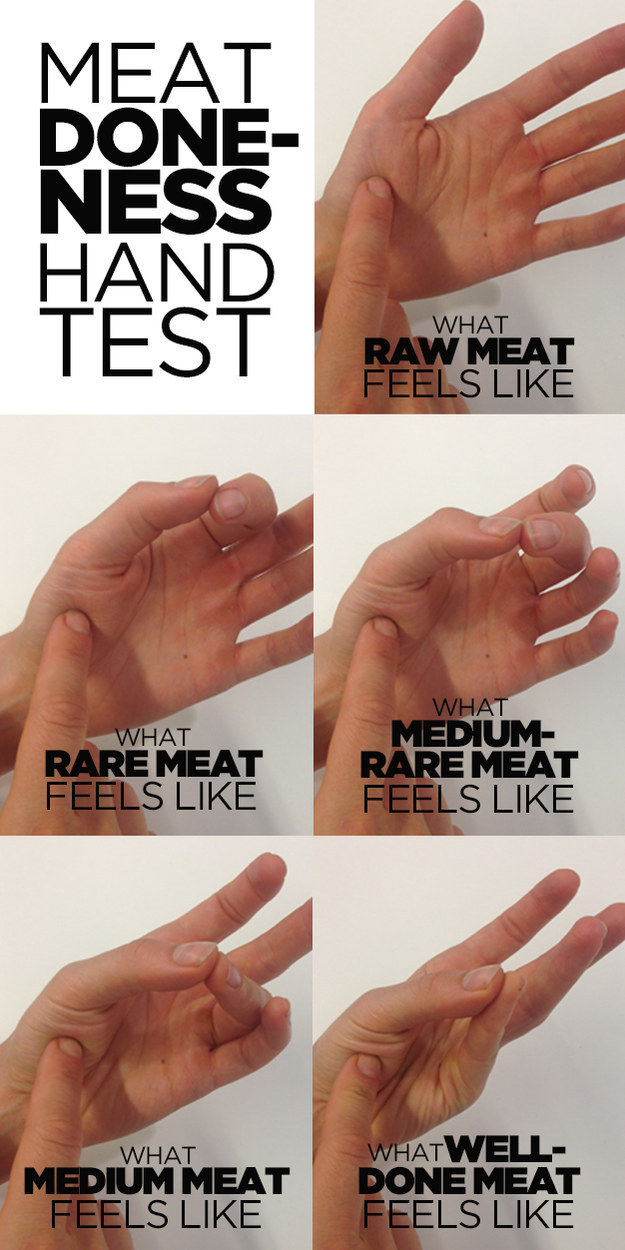
23. And on that note, you need to let your meat rest after cooking! It helps the juices settle and get reabsorbed, so they don't all come running out when you cut in. Mmm, tender.

24. As fellow fans of 90 Day Fiancé know well, cut your meat against the grain (or as Darcy likes to say, on the bias). It makes the meat easier to chew.

25. Unless you're making risotto, NEVER stir rice while you're cooking it! That's how it goes from fluffy to sticky and starchy.
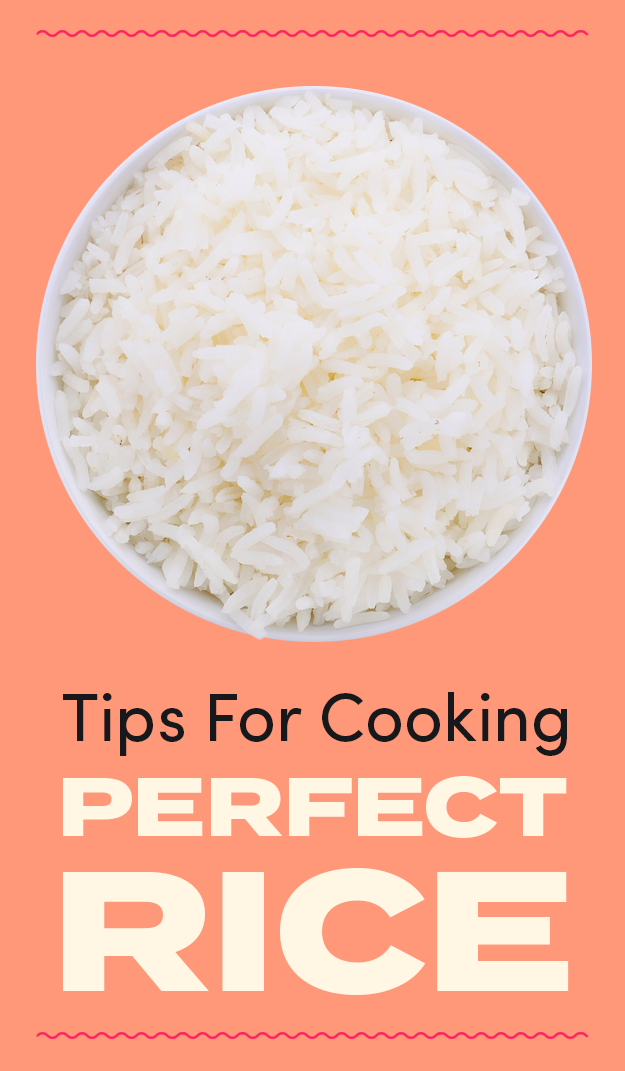
26. And grain-to-water ratios depend on what you're making; keep these handy and you can venture out to fun, different grains like farro and quinoa.
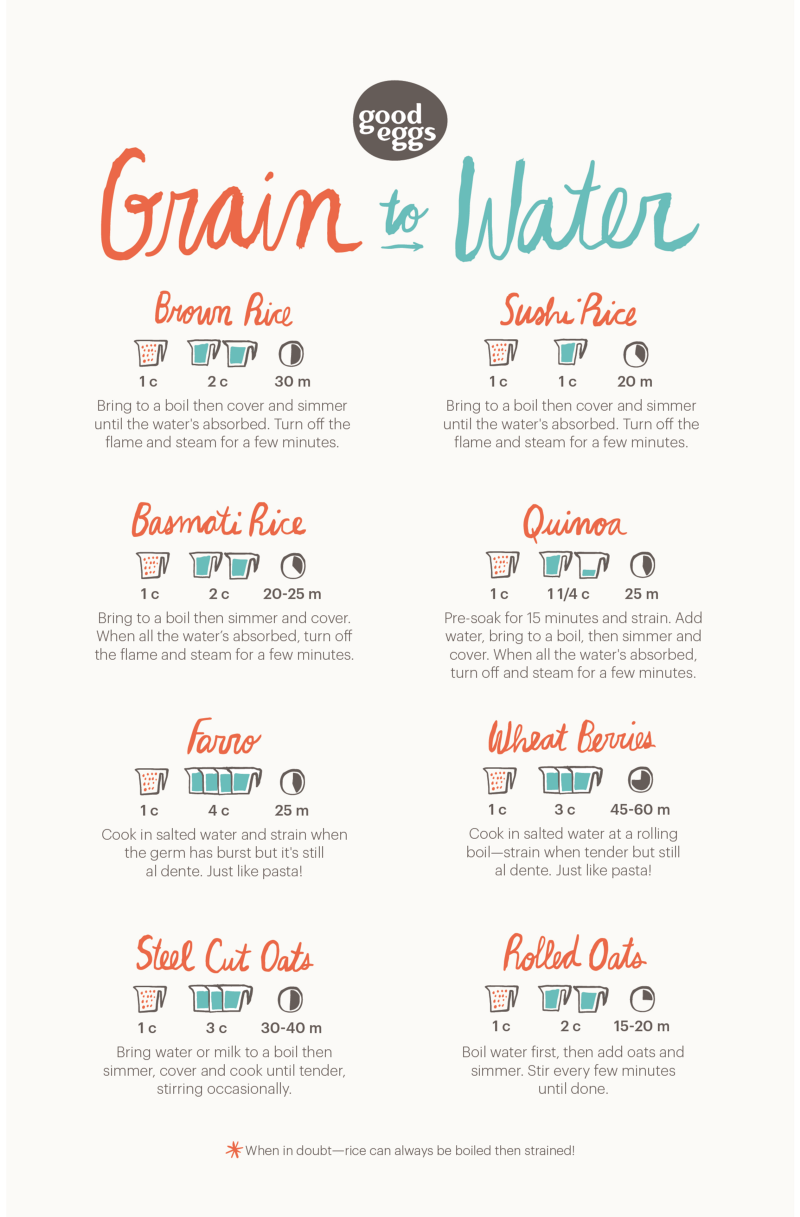
27. When you're making pasta, once it's just about al dente, finish cooking it in the sauce, adding in some of the leftover pasta water. Your sauce will get silkier and will cling to the pasta *so* much better, making for a real Italian restaurant-quality dish.
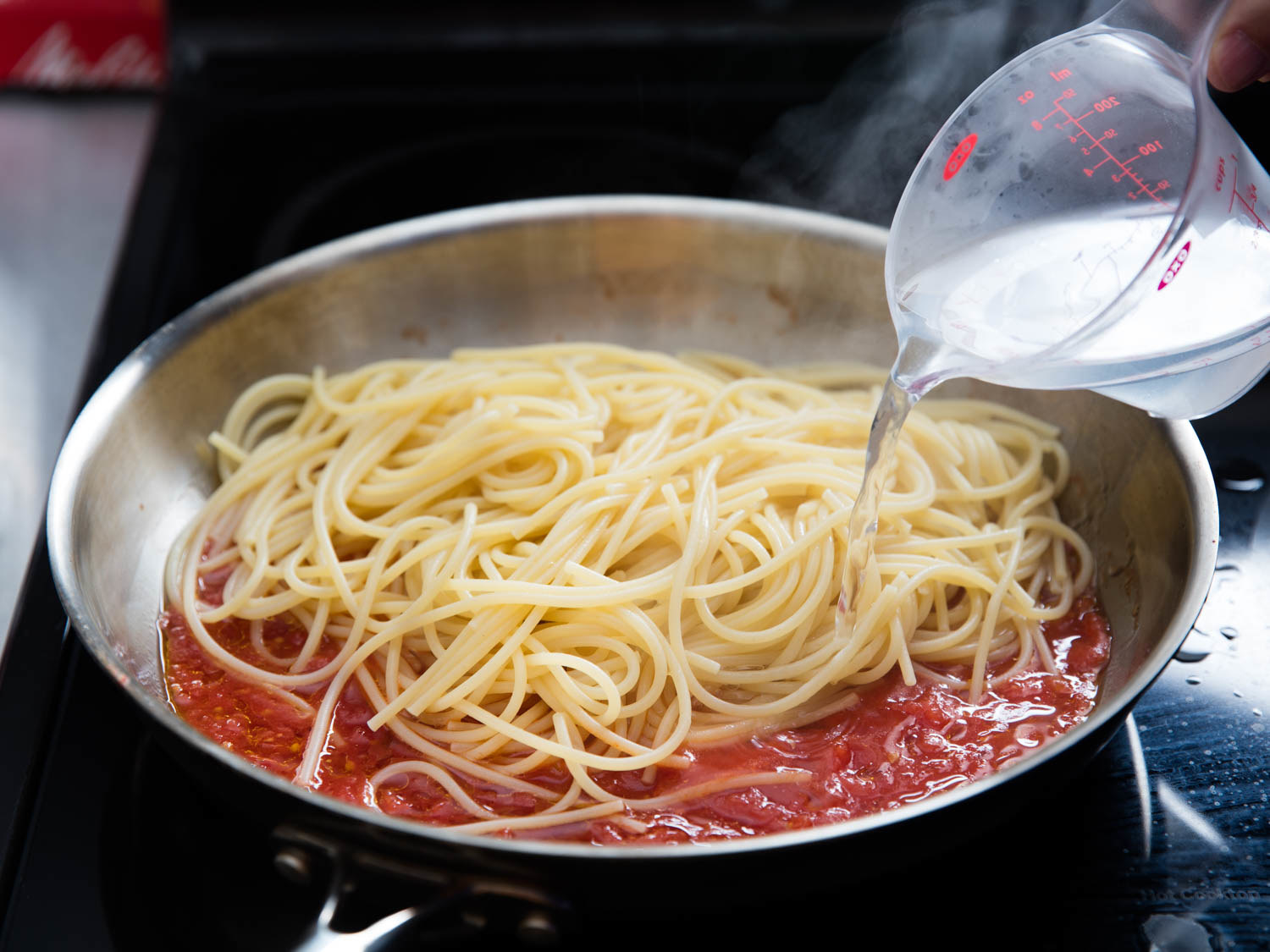
28. And pair the right pasta with the right sauce for the best ~texture combos~.
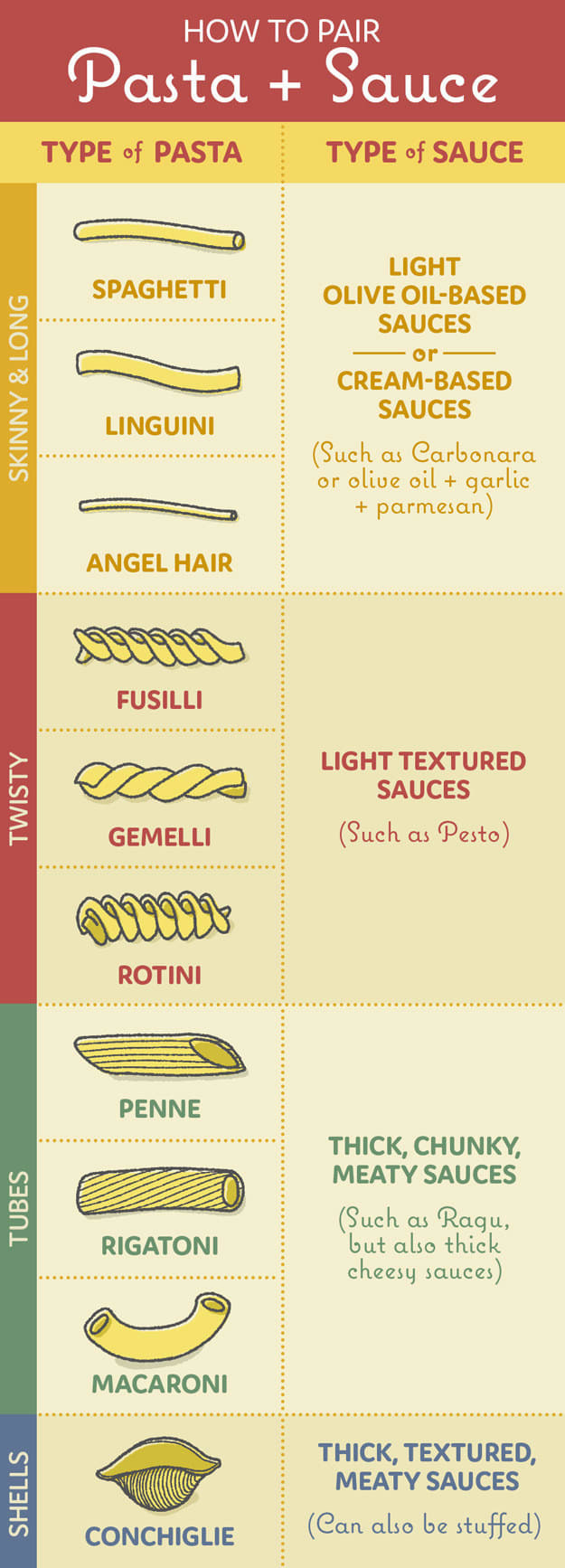
29. Try your hand at roasting a whole chicken. It's easier than you think (we promise!), delicious, good for you, and cheaper than buying individual cuts, AND it makes THE BEST LEFTOVERS.
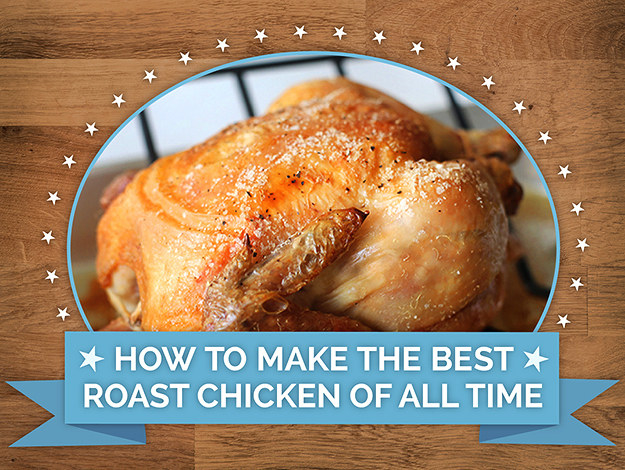
Side note: When I'm talking about leftover possibilities for a roasted or rotisserie chicken, they're basically endless. And it's already cooked, so you can assemble a fun new meal on a weeknight.
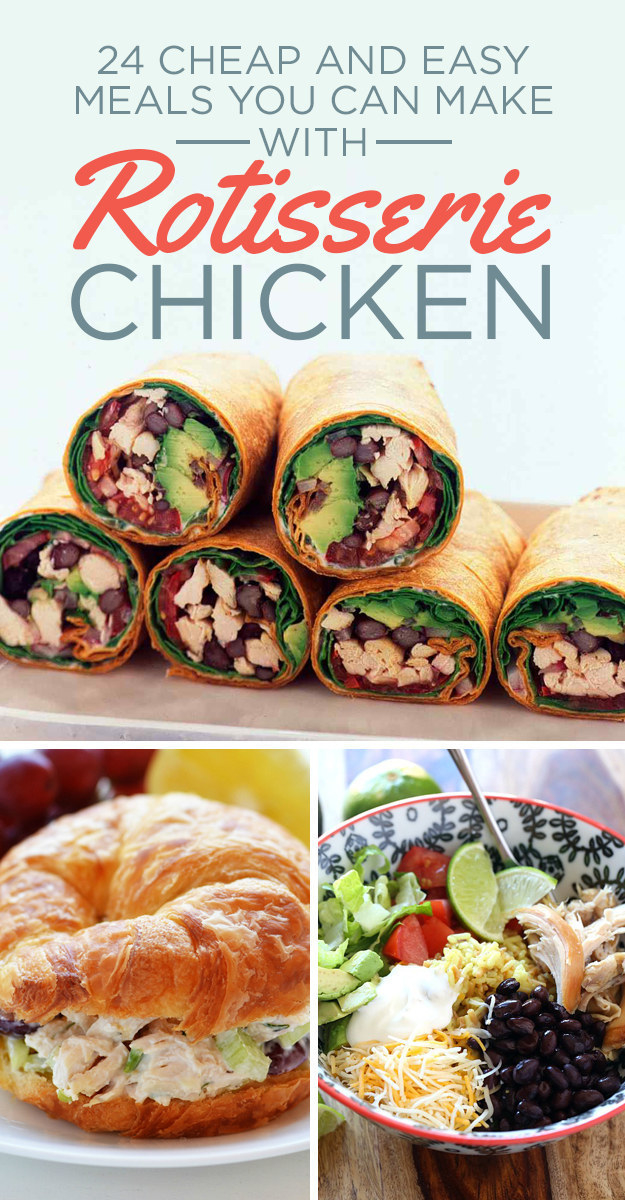
30. Never buy salad dressing again — making your own vinaigrette is as easy as this ratio: one part vinegar/acid, two parts oil.
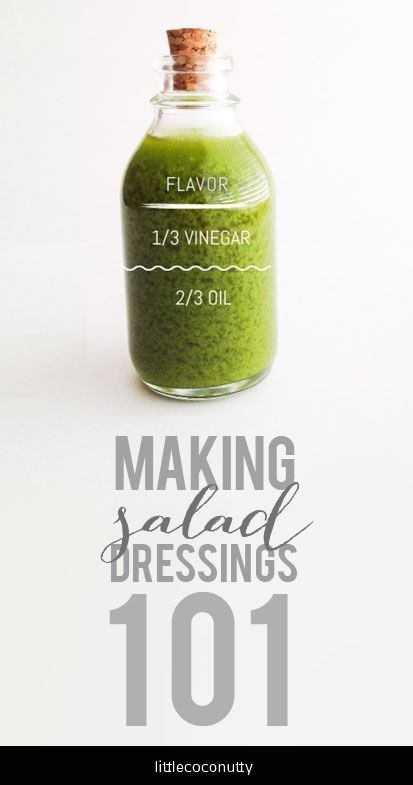
Btw, you can just whip one up right in a handy salad dressing shaker with measurements printed on the side, an airtight seal, and a one-handed lever for easy pouring of your very own homemade vinaigrettes and dressings.
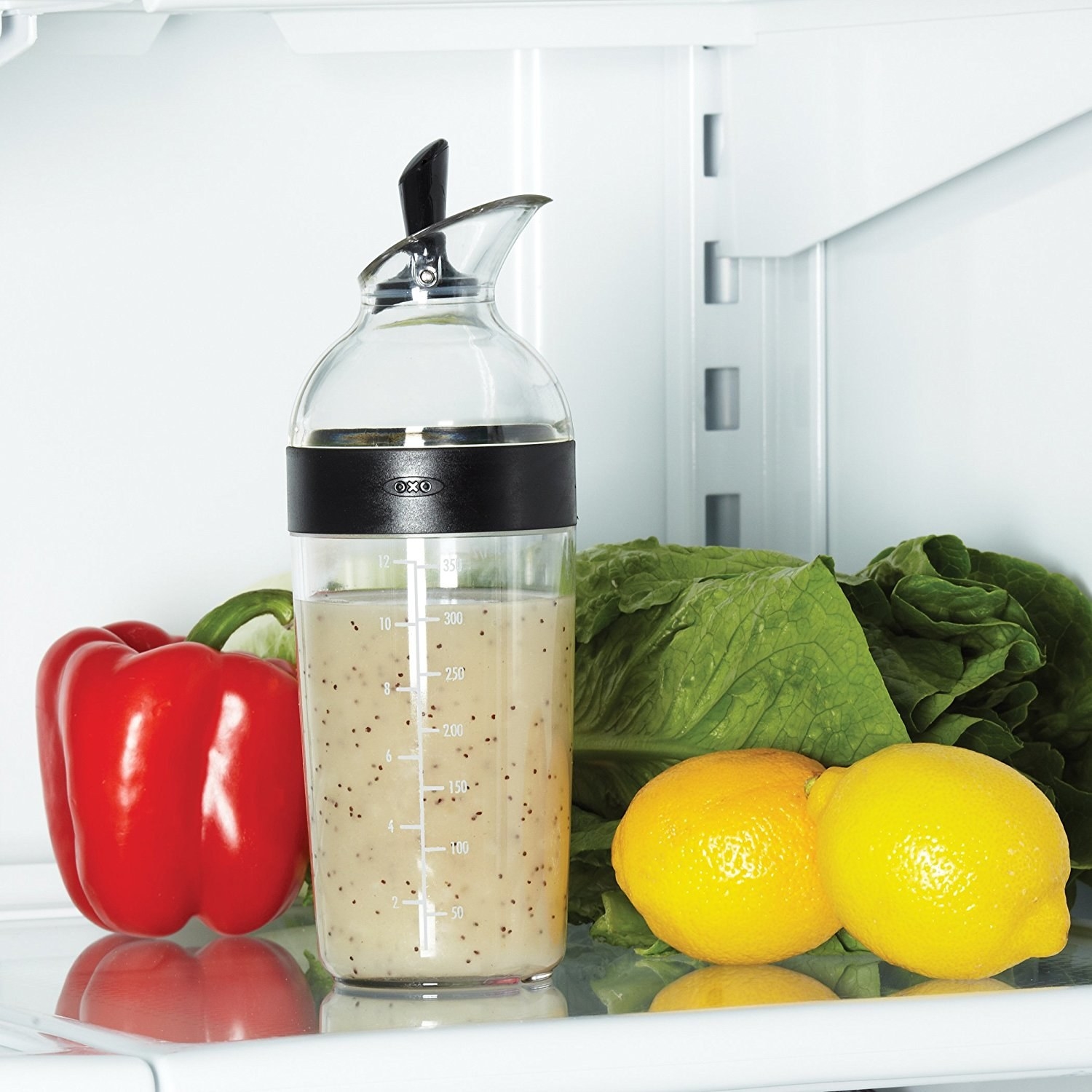
31. If you're getting the hang of using your slow cooker, keeping in mind that the order you add your ingredients is important!
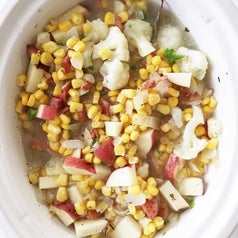
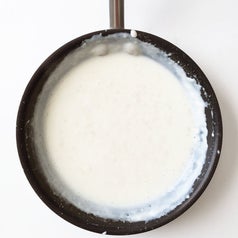

32. Don't sleep on the beauty of the Dutch oven. It's one of the most useful tools you have have in the kitchen for making one-pot dinners (aka tasty meal, basically no dishes).
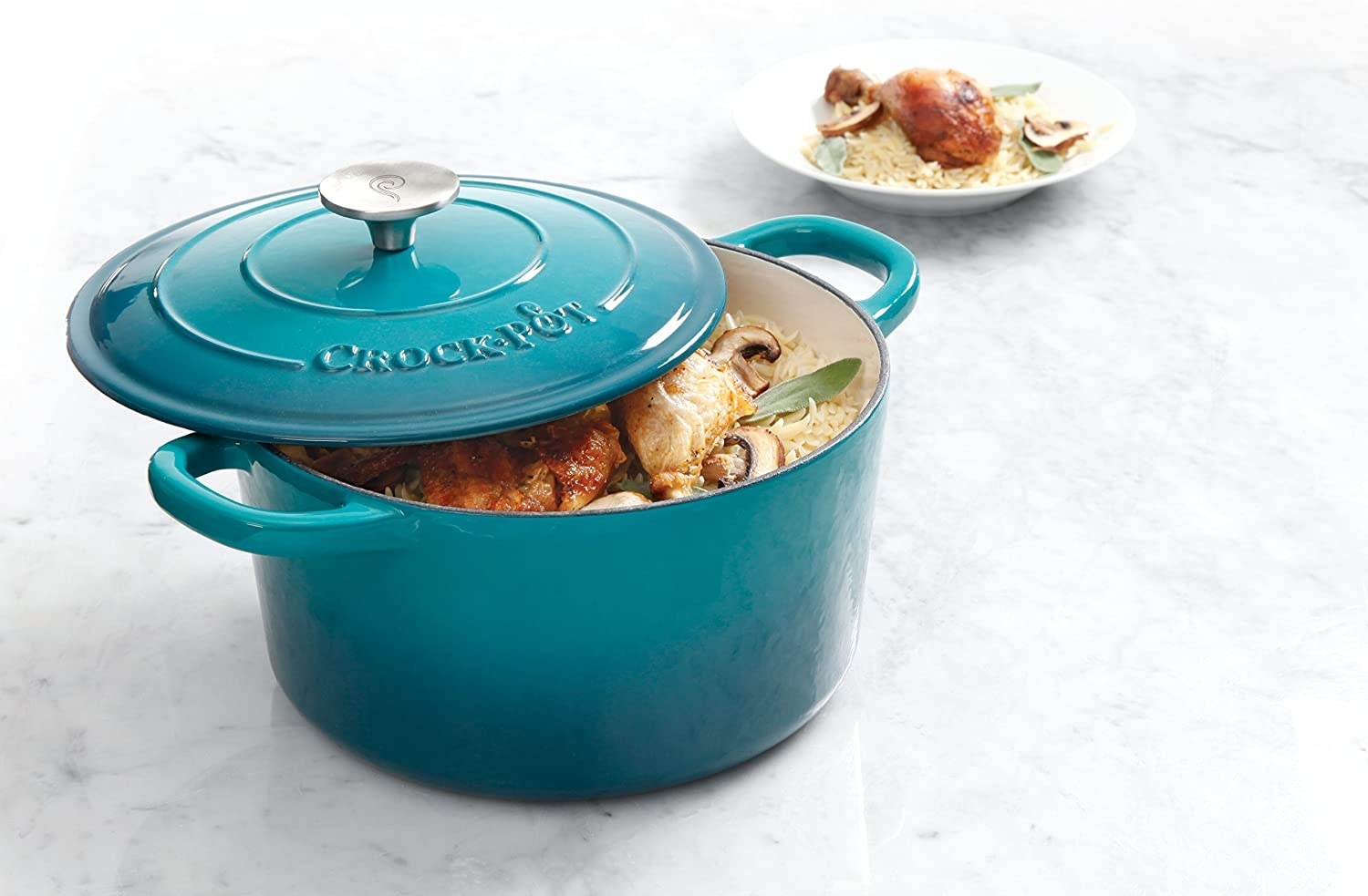
33. If you're cooking only with EVOO, you're doing it wrong. Extra virgin olive oil has a lower smoke point, so try other varieties (like avocado oil, which has a much higher smoke point) when stir frying or roasting.
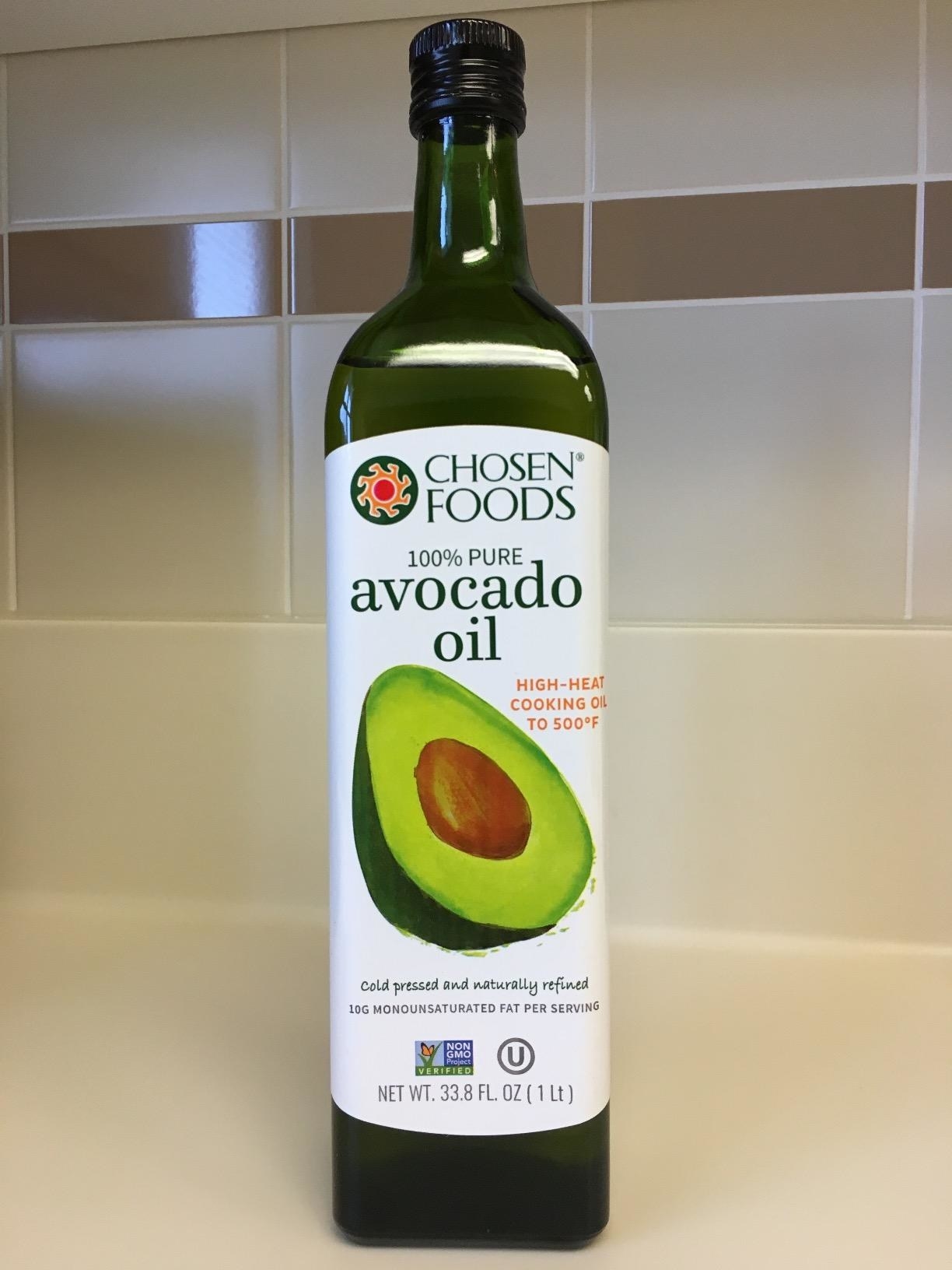
34. You should really be baking your bacon, not frying it in a pan. Why?? 1. It's easier to cook a bunch at once (the more bacon, the better) 2. It's wayyyyyyy less messy. 3. It stays flat rather than curling up (way better for using in sandwiches). 4. It cooks up perfectly every time! Without having to do any extra work!
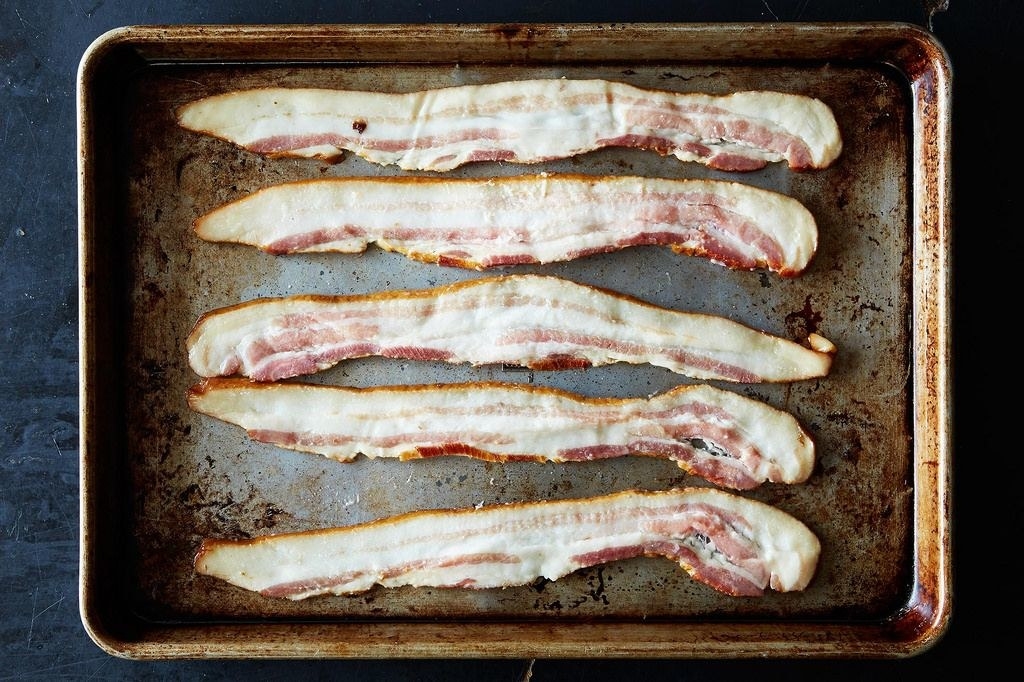
35. Learn how to bake something in ❤️parchment paper❤️ for a no-fuss (and like, no dishes!) dinner. Yes it's basically the easiest way to cook fish, but you can totally make chicken, shrimp, veggies, and eggs in it too!

36. Amp up the moistness and flavor of standard chicken breasts by using a marinade. You can whip one up with as few as three ingredients!!

37. And don't over- or under-marinate. Match your protein to the chart below for just the right amount of flavor (and no sogginess) every time.

38. Combine butter and flour to make a roux, the base of tons of sauces (including bechamel, aka what you need to make a homemade and delicious mac 'n' cheese when you want to skip the boxed stuff).
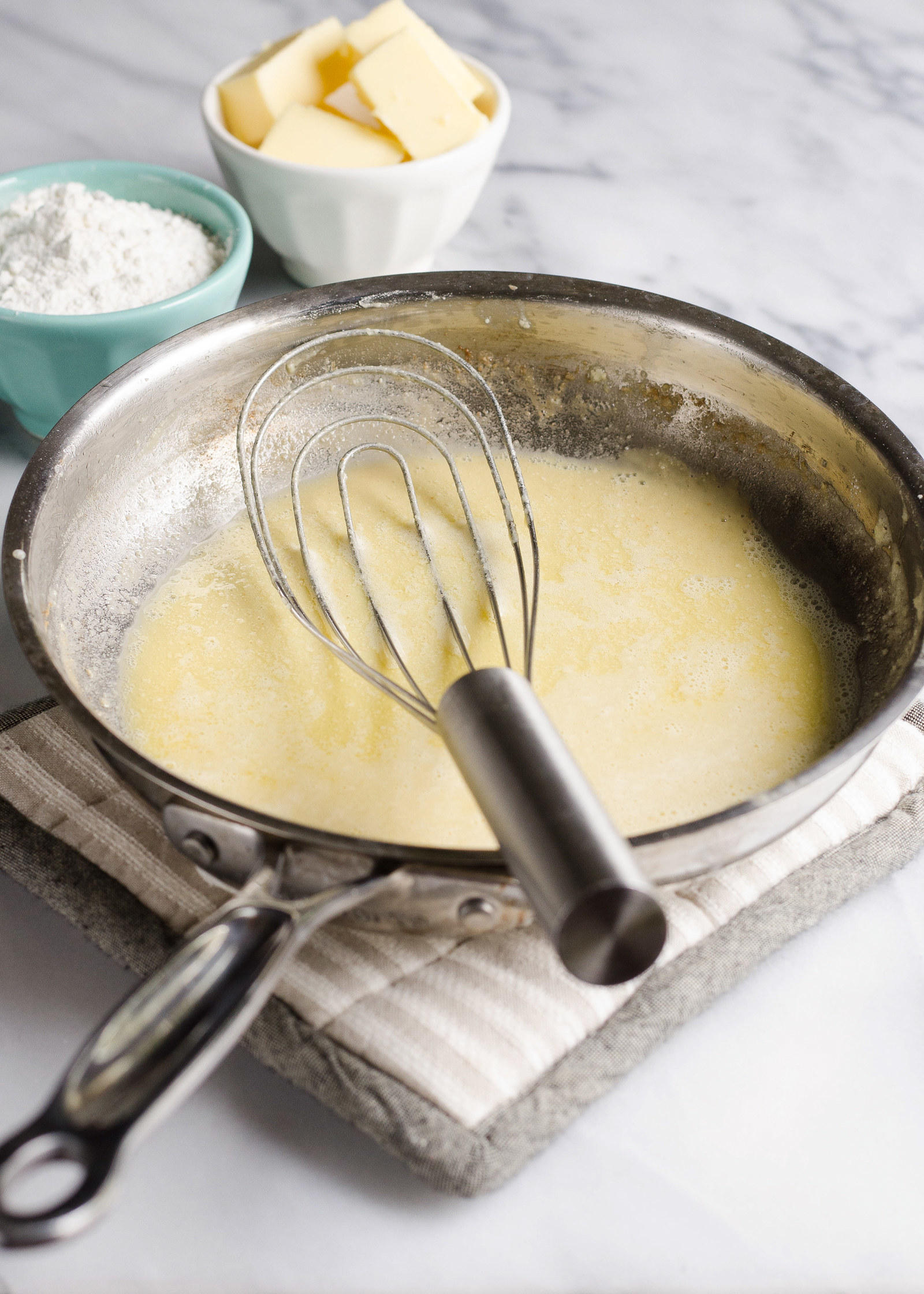
39. Master the art of making the perfect grilled cheese so you can always feed a crowd (or just yourself) without having to whip up anything fancy. No matter what kind of bread or cheese you want, create your own *uLtImAte* blend.
40. Clean up as you go using a Rachael Ray-style countertop garbage bowl or a handy dandy hanging compost bin that'll attach to the outside of your cabinets for easy disposal as you chop and cook. You'll save time prepping, chopping, *and* most importantly, cleaning when you're done eating.
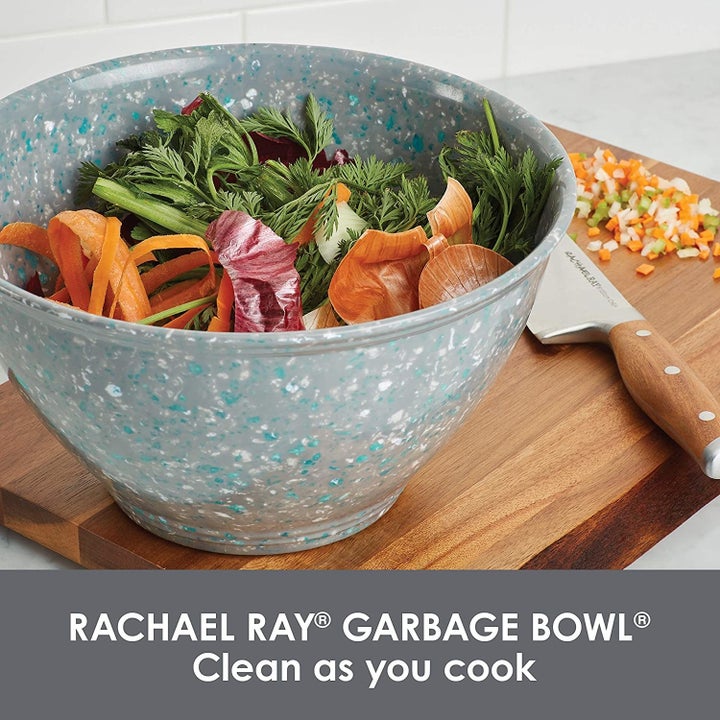
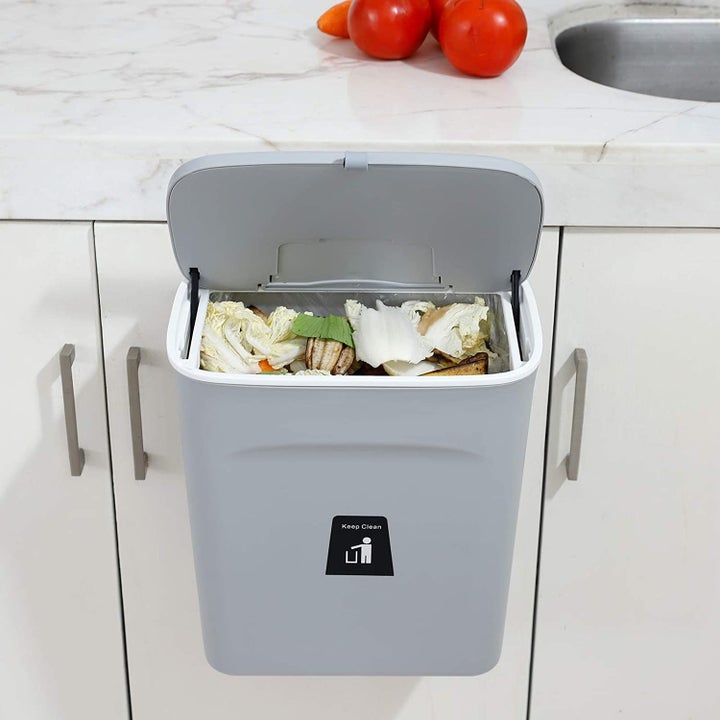
41. Still need some pointers? The bestselling book, How To Cook Everything: The Basics has all the ~truly basic~ techniques and recipes you need to impress a date... or your mom, who you can totally invite over for dinner now. It has over 1,000 photos, so you cannot screw this up.
